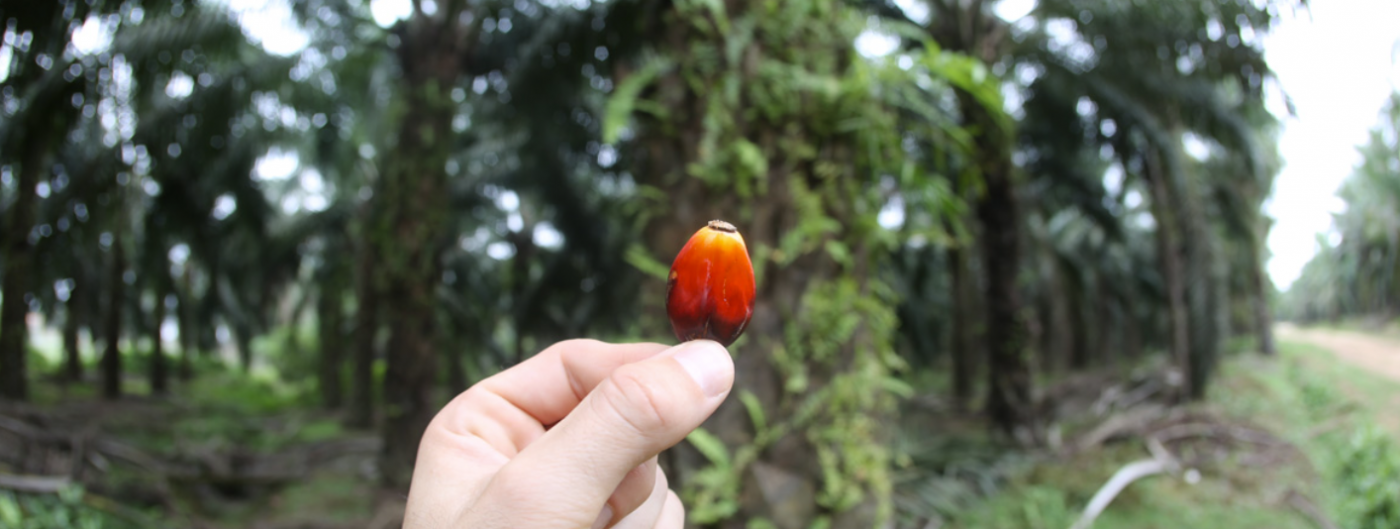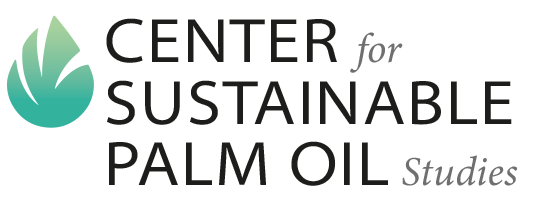
- Community residents and researchers alike decry what they say is dangerous pollution leaching into soil and waterways from oil palm plantations and palm oil extraction mills in Ecuador.
- In July 2020, Ecuador’s government passed a law to strengthen and develop the production, commercialization, extraction, export and industrialization of palm oil and its derivatives.
- The law also prohibits oil palm plantations from being established within zones where communities’ water sources are located, and requires the existence of native vegetation buffers between plantations and water bodies.
- But critics say the regulatory portion of the law has been largely toothless and that the government has turned a blind eye to the social and environmental costs of the country’s rapid plantation expansion.
Palm oil, a popular cooking oil as well as an ingredient in an ocean of products ranging from cookies to cosmetics, is the fourth largest commodity crop in Ecuador. According to Ecuador’s Ministry of Agriculture, oil palm plantations covered 2,600 square kilometers (1,004 square miles) in 2020.
However, as in many other parts of the tropical world where oil palm is grown, palm oil production in Ecuador is coming at a cost. Residents of communities near plantations say harmful agrochemicals sprayed onto oil palm crops, as well as byproducts from the palm oil extraction process, are contaminating important water sources. Scientists are also adding their voices to this chorus of concern.
Patricio Mena, a biologist and professor at the Pontifical Catholic University of Ecuador, said that agrochemicals and extraction byproducts leach into the soil and can cause many ecological problems.
“It’s not just that a few animals die. [Pollutants] run into the soil, kill the microfauna and microflora, seep into aquifers — groundwater bodies that are fundamental to the water cycle — and end up in the rivers and even in the ocean.”
Mena said palm oil pollution can be lethal for fish and harmful for human communities that depend on them. “Perhaps the worst thing is that it establishes a chain of lethality,” Mena said. “It’s not just the fish that die, but the fish that eat those fish, which will most likely then find their way into humans’ diets.”
Mena also said that the authorities tasked with monitoring environmental pollution and enforcing controls lack qualified personnel and equipment.
A director of a palm oil extraction company in Esmeraldas, who asked to remain anonymous, agreed with residents’ allegations of pollution.
“To be able to operate you must have an environmental registration,” the director said. “Nobody can control nature and there are times when the rains become very heavy. We had a pond overflow. The volume rises and the water body begins to overflow. If there is a water source nearby, whether a primary or secondary source, the water can reach it, which is obviously grounds for a complaint. That’s why we always ask that there is vegetation between the river and the ponds to prevent this from happening.”
When asked if palm oil companies comply with vegetation buffer requirements, the director said: “Not always. Generally speaking, no.”
A toothless law
In July 2020, Ecuador’s government passed a law strengthen and develop the production, commercialization, extraction, export and industrialization of palm oil and its derivatives.
The law also prohibits oil palm plantations from being established within zones where communities’ water sources are located, and requires the existence of native vegetation buffers between plantations and water bodies. Failure to comply could result in suspension of a company’s operating license and fines amounting to between $1,600 and $2,400.
However, more than a year has passed since the law came into force and critics say no company has been censured for flouting regulations despite documented infractions. A response from the Ministry of Agriculture to a request for information from the journalistic alliance Tras las huellas de la palma, of which Mongabay is a part, simply states that these regulations “are being negotiated with the Presidency.”
Another provision of the law stipulates that oil palm growers must obtain administrative authorization from the Ministry of the Environment within a maximum of 12 months to continue operating. However, at a meeting of the National Assembly’s Food Sovereignty Commission on Mar. 10, 2021, the former Minister of the Environment, Paulo Proaño Andrade, reported that at that time only 300 of the 7,000 oil palm growers in the country had registered – or 4%.
Nathalia Bonilla, director of Acción Ecológica, said that this lack of real progress shows the “two-facedness” of Ecuador’s government.
“It’s a state that is extremely fixated on oil palm,” Bonilla said. “In 2002, a decree by former president Gustavo Noboa gave way to the conversion of the extremely diverse Chocó forest into agricultural land, which also opened up the San Lorenzo area to oil palm. Since then, he has provided facilities, credits and tax exemptions.”
A blind state
Mongabay reporters and colleagues submitted 15 requests for information to state entities, including to Ministry of Environment, the Ministry of Agriculture, the provinces of Esmeraldas, Los Ríos, Pichincha, Guayas, Sucumbíos and Orellana, and the Ombudsperson’s Office. A representative of the Ministry of Environment said the ministry had applied three administrative sanctions for non-compliance with environmental regulations, two to Energy & Palma in 2011, and one to the company Ecosiembra. The representative added that oversight of palm oil operations has been the jurisdiction of provincial authorities since November 2014.
A representative of the Pichincha provincial government told Mongabay that the province had imposed one sanction, but did not reveal the name of the company nor provide further details. Representatives of the governments of Los Ríos and Guayas office, as well as the Ombudsperson’s Office, responded that they had no relevant information; a representative of the Esmeraldas provincial government said that it did have records of palm oil sanctions in the province, but did not provide more information.
Augusto Córdoba, an environmental officer for the province of Orellana, said that control over oil palm cultivation and processing now falls within the local authority’s jurisdiction. However, he added that the authority has decided not to pursue this responsibility as the state does not provide the resources needed to do so and the authority is not able to finance monitoring regulation enforcement alone.
Pío Bravo, environmental director of the province of Sucumbíos, said that his agency has documented environmental violations in multiple oil palm plantations and extraction mills, including misuse of pesticides and discharge of wastewater into water sources.
“Several streams, generally not the big rivers, but those closest to the communities [have been affected],” Bravo said. “In the whole area of Shushufindi there are estuaries and streams that have not been protected.”
According to Bonilla, the Ecuadorian government has a history of turning a blind eye to costs of industry. She said that the National Finance Corporation provided a line of credit for oil palm development during the Rafael Correa administration (2007-2017), with the government ignoring the crop’s social and environmental impacts.
“It doesn’t want to see the local populations and [Afro-Ecuadorian] communities that are being harmed, it doesn’t want to see the logging, nor the pollution,” Bonilla said.
Mongabay reporters and colleagues reached out to Energy & Palma and the National Association of Palm Oil Producers (ANCUPA) via phone and email, but received no response.
Original link: https://news.mongabay.com/2022/02/polluting-with-impunity-palm-oil-companies-flout-regulations-in-ecuador/


